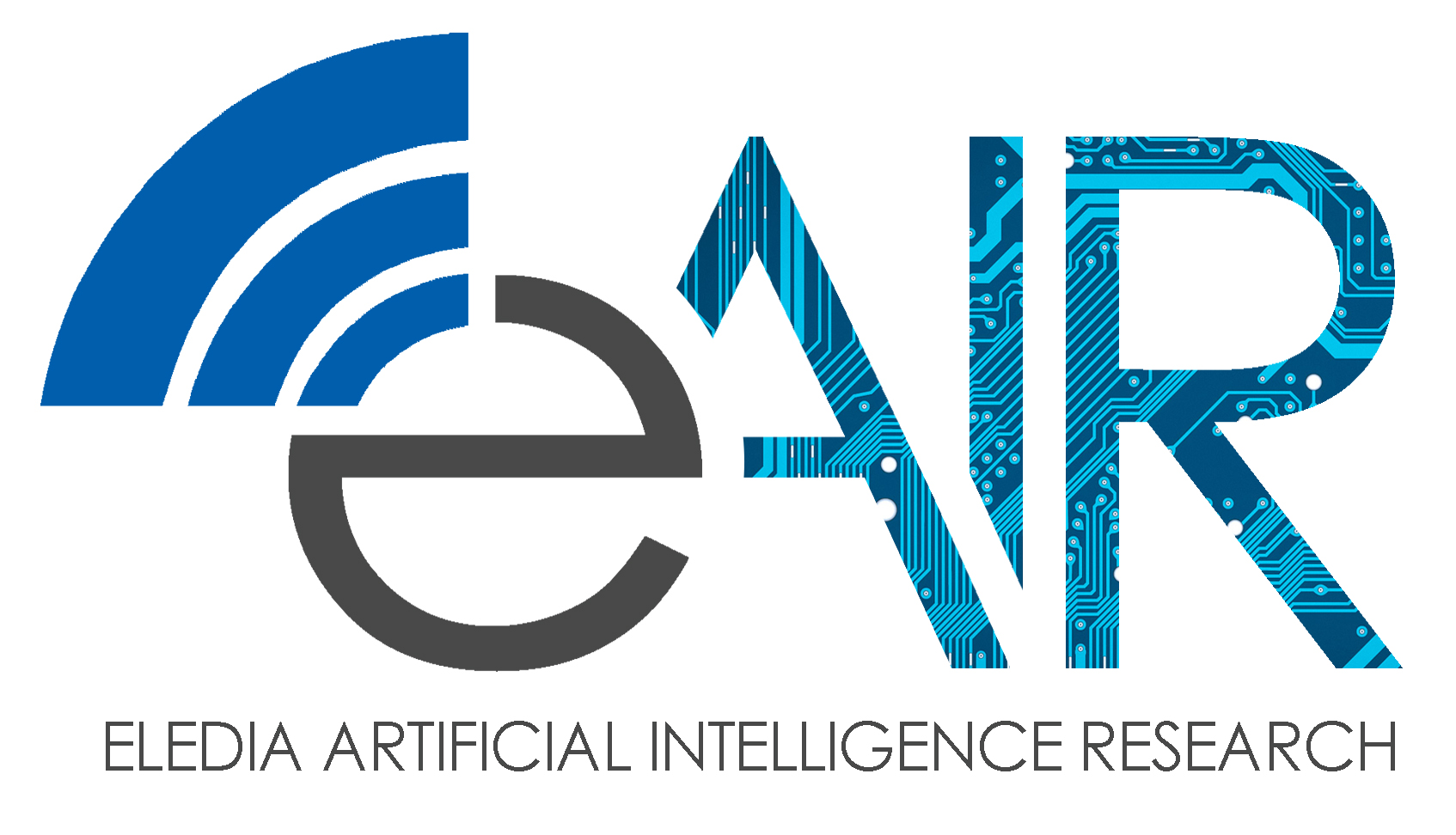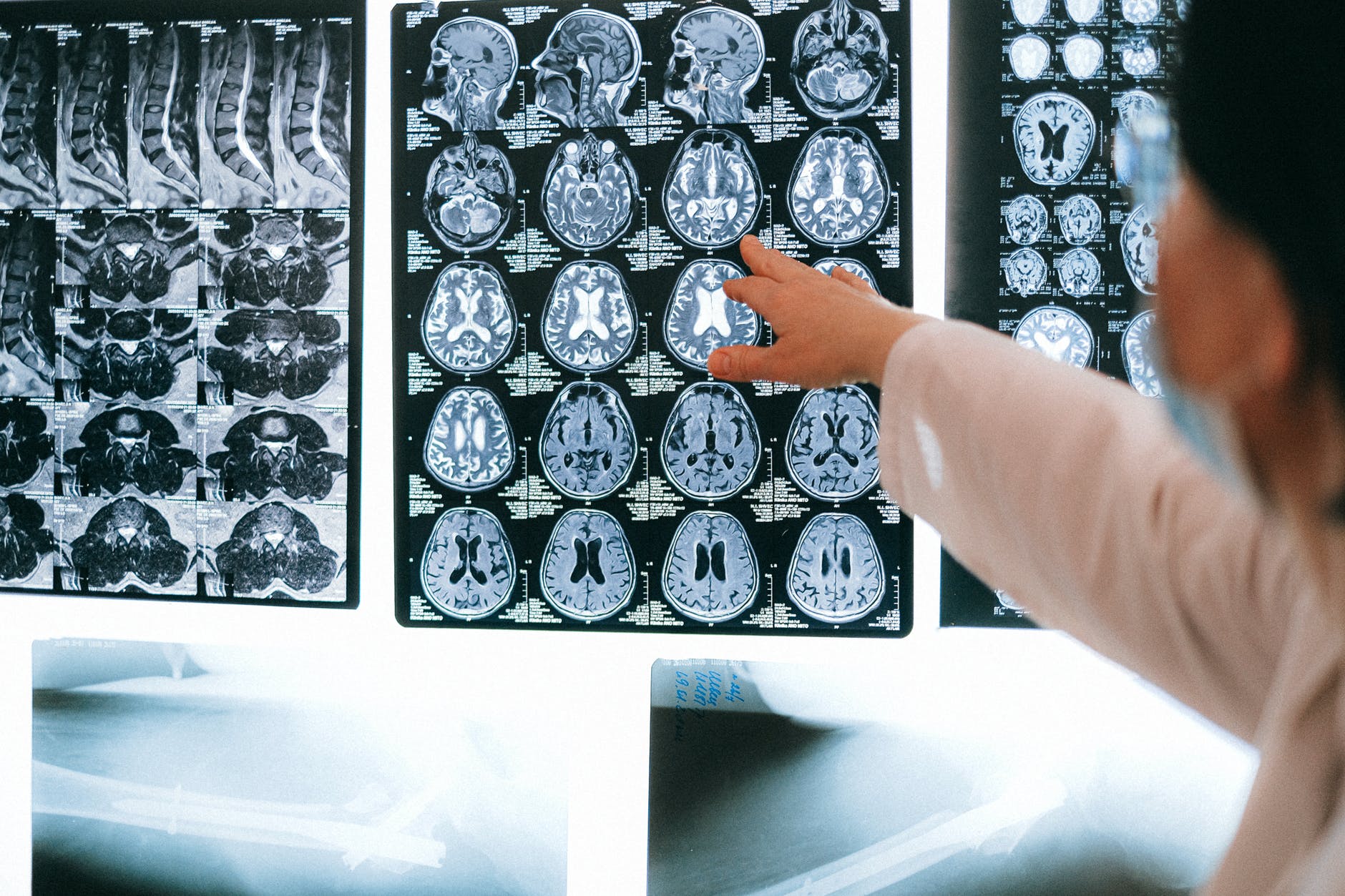
The IEEE Transactions on Antennas and Propagation has just announced an upcoming Special issue to appear in November 2021 on Artificial Intelligence: New Frontiers in Real‐Time Inverse Scattering and Electromagnetic Imaging which will be guest edited by Manuel ARREBOLA, Maokun LI, Marco SALUCCI. Please find below additional information and important dates and visit the dedicated web page for submission procedures.
Guest Editors
Manuel ARREBOLA, Universidad de Oviedo, Spain (arrebola@uniovi.es)
Maokun LI, Tsinghua University (maokunli@tsinghua.edu.cn)
Marco SALUCCI, University of Trento (marco.salucci@unitn.it)
Outline
Understanding and solving complex problems in the physical world has been an intelligent endeavor of humankind. Moreover, the study of artificial intelligence embodies the dream of designing machines like humans. Research in deep learning (DL) techniques has attracted much attention in many application areas. With the help of big data technology, massive parallel computing, and fast optimization algorithms, DL has greatly improved the performance of many problems in the speech and image research, power transportation networks or bio‐electromagnetics, among others. Nowadays, DL is rapidly emerging in the antennas and propagation community as an extremely powerful paradigm for solving high‐complexity electromagnetic inverse scattering (IS) and imaging problems with unprecedented computational efficiency without reducing the accuracy and therefore reliability. As a matter of fact, DL is a promising solution to achieve accurate pixel‐wise reconstructions with real‐time estimation performance, a desirable feature in many applications such as biomedical imaging, works of art and archaeological inspection, industrial non destructive testing and evaluation, trough‐the‐wall imaging, and subsurface imaging. With the spreading of DL techniques, improvement in learning capacity may allow machines to “learn” from a large amount of physical data and “master” the physical laws in certain controlled boundary conditions. In the long run, a hybridization of fundamental physical principles with “knowledge” from big data could unleash numerous engineering applications that used to be impossible due to the limit of data information and ability of computation. As a result, more advanced IS and electromagnetic imaging techniques can be developed with improved accuracy, robustness, and computational efficiency. The objective of this Special Issue is to report recent advancements in theory and applications of artificial intelligence and DL to solve electromagnetic IS and imaging problems within the research scope of Antennas and Propagation with extremely fast but reliable techniques. With this Special Issue, we hope to bring more attention and research efforts in our society to this emerging multi‐disciplinary field, resulting in an evolution of the state of the art.
Important Dates
- Submission: March 31, 2021
- Final decision: August 31, 2021
- Publication: November 30, 2021

